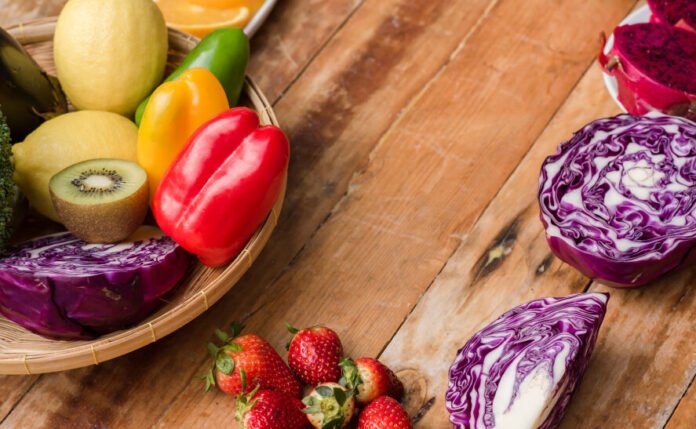New research links brightly coloured fruits to protection from microplastics’ toxic effects
You may be sipping microplastics in your tea, inhaling them at home, or ingesting them through everyday foods—but new research suggests your produce drawer might already contain your best defence. A new review in the Journal of Pharmaceutical Analysis finds that anthocyanin-rich fruits and vegetables—like blueberries and red cabbage—could help shield your reproductive system from microplastic damage.
Anthocyanins are the compounds responsible for the vibrant red, blue and purple hues in plant foods. But they’re more than just pretty pigments—they’re potent antioxidants. “There are over 700 types of anthocyanins,” says Dr Angelo Falcone, founder of Dignity Integrative Health and Wellness. “They interact with key systems in the body and are among the strongest natural antioxidants we can consume.”
This review didn’t present original experiments but rather synthesised existing literature. It examined how microplastics disrupt the endocrine system and considered whether anthocyanins could counter those effects—particularly on reproductive health. The findings suggest these plant compounds could reduce inflammation and oxidative stress, both of which are triggered when microplastics enter the body.
Dr Nicholas Church, founder of Somerset Medical, explains: “Anthocyanins not only combat oxidative stress but also protect cells, proteins and DNA from damage. Their anti-inflammatory properties could reduce the long-term risk of chronic diseases such as cancer and heart disease.”
Embed from Getty ImagesMicroplastics—tiny plastic fragments under five millimetres long—are now found everywhere: in tap water, the air we breathe, and even in human blood and placentas. They’re also endocrine disruptors, meaning they interfere with hormone regulation. Worse still, these plastics can cross barriers like the blood testis and placental barriers, allowing them to accumulate in reproductive organs, where they can directly impact fertility.
“Microplastics mimic hormones like oestrogen and testosterone, disrupting natural balance,” says Falcone. “But anthocyanins appear to modulate the same steroid receptors—restoring proper function and protecting against these disruptions.”
So where do you find these powerful compounds? Think deeply about coloured produce: blueberries, blackberries, red grapes, black rice, purple sweet potatoes, pomegranates, and red cabbage all make the list. The general rule? The deeper the hue, the higher the anthocyanin content.
While there’s no official daily guideline, consuming around 50 milligrams per day—a cup of blueberries or half a cup of blackberries—might offer benefits. But consistency is key. “You need regular intake over weeks or months to see meaningful effects,” says Church. “This isn’t a one-and-done cure. It’s about long-term protection.”
The benefits don’t end with microplastic defence. Anthocyanins may reduce the risk of heart disease by improving blood vessel function and lowering inflammation. There’s also growing evidence for their role in brain health and cognitive preservation. Some studies even link them to reduced risks of colorectal and skin cancers.
Reproductive health also stands to gain. “In men, anthocyanins protect testicular tissue and help maintain testosterone,” Falcone explains. “In women, they may support ovarian function and balance hormone levels.” Their ability to influence steroid receptors adds another layer to their hormonal support potential.
In a world where microplastics are increasingly unavoidable, food might still be your frontline of defence. As Falcone puts it: “We can’t eliminate microplastics, but we can empower ourselves through nutrition. Eating colourful fruits and vegetables isn’t just healthy—it’s strategic.”
